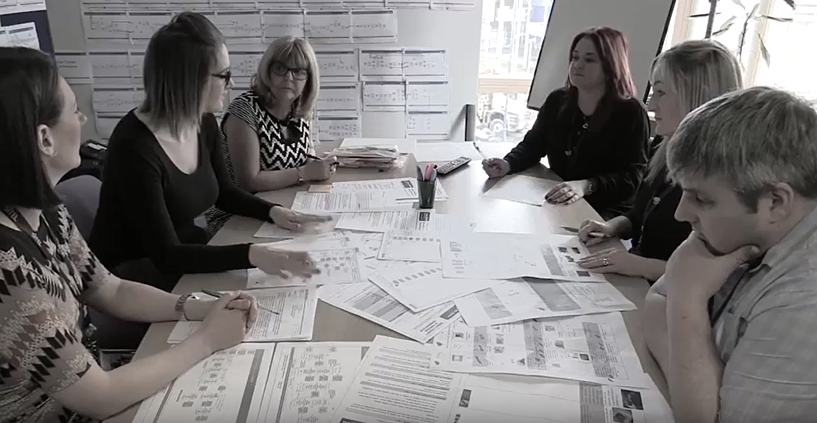As Is Vs to Be Business Process Model
If you are looking to implement acontinual improvementinitiative, it is essential to understand the 'As Is - To Be' model andhow crucial it is to successful process improvement. Put simply, if you want to improve a business process, you first have to know its current state (As Is) and then you need to model the improved future state (To Be). For continual improvement: repeat. This article covers: In a nutshell, the model is applied by firstly documenting what is currently done using As Is process maps to: and then, discussing and changing those process maps to show the proposed To Be way of doing things, thereby: This approach not only enables the impact of the changes proposed to be understood before they happen, but avoids the very real possibility of making things worse, by changing things when you don't really understand why they are done that way. In addition, it is impossible to quantify any improvement when you don't know what the start point was. The As Is process shows your current processes - what your organisation currently does. It is important to bear in mind that this As Is analysis may only show you what can be improved, but not necessarily how. Mapping the As Is process will only reveal your business processes as they are today. Having said that, capturing the As Is process is often more helpful in defining the To Be, than perhaps expected, for the following reasons: The To Be process shows your proposed future processes - what your organisation plans to do. By creating a process model of the To Be you can discuss it with those people who will be impacted by the changes planned and both take on board their view of the outcome of the changes and work to get their buy-in. You can also quantify the return on investment from the changes proposed. Naturally, not every business requires an in-depth analysis of the As Is and the To Be. But here are a few example scenarios when analysing your As Is processes is particularly necessary: The latter was the case for the New Charter Group's Quality Management team. They faced the substantial task to transform an outdated paper-based management system into a lean mobile business process management system. Not only did they managed to do so, but with this decision they also saved £350k per annum. Implementing an As Is - To Be model and then continuously making improvements does take time and resources, there is no getting away from that. However in terms of an implementation plan, there are in fact just 10 steps: Finally, always remember: getting your team on board and having shared goals equals motivated employees and greater support throughout the continual improvement journey.
How the As Is - To Be Model Works

Defining the As Is Process
Defining the To Be Process

Why As Is - To Be Matters

How to Implement an As Is - To Be Process Cycle - Essential for Effective Continuous Improvement
As Is Vs to Be Business Process Model
Source: https://blog.triaster.co.uk/blog/as-is-to-be-essential-business-model-process-improvement
0 Response to "As Is Vs to Be Business Process Model"
Post a Comment